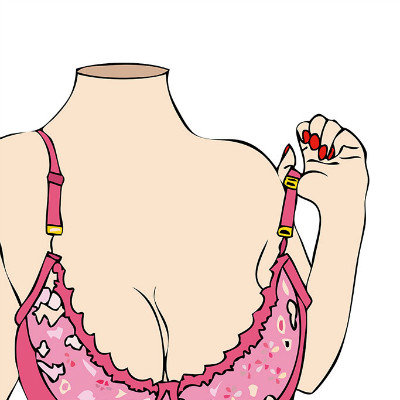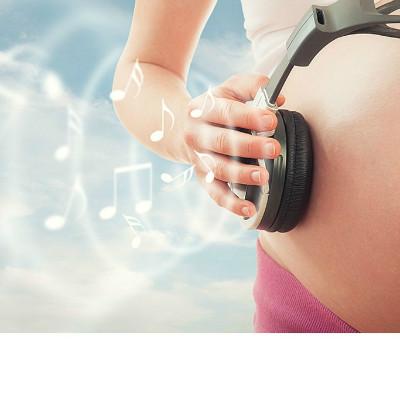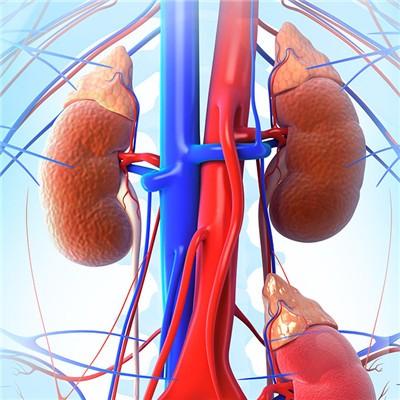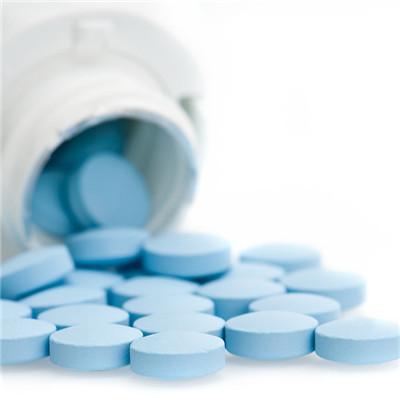The symptom of mammary gland hyperplasia?
summary
Hyperplasia of mammary gland is neither tumor nor inflammation. Histologically, hyperplasia and degeneration of mammary gland are closely related to endocrine dysfunction. The disease occurs in middle-aged women, adolescents and postmenopausal women also occur. Today, 50% - 70% of professional women in big cities have varying degrees of breast hyperplasia. What does mammary gland hyperplasia symptom have? Now let me talk about it
The symptom of mammary gland hyperplasia?
There are different characteristics in different age groups. The main symptoms of unmarried women, married women without childbearing and breast-feeding women are breast swelling and pain, which can affect both sides at the same time, but most of them are unilateral. Before menstruation, the breast distending pain is obvious. After menstruation, it is relieved and stops gradually. Before the next menstruation, the pain reappears again. The whole breast has diffuse nodular feeling, accompanied by tenderness.

The main symptoms of women after 35 years old are breast lumps, mild breast pain and tenderness, and have nothing to do with the menstrual cycle. If you touch the breast with your hand, you can feel soft nodules of different sizes, oblate or irregular shapes, with unclear boundaries and no adhesion with the skin and deep tissues, which can be pushed. After 45 years old, it often presents as a single or multiple scattered cystic tumor with clear boundary, accompanied by dull pain, distending pain or burning sensation.

In postmenopausal women, mammary gland atrophy, cystic lesions are more prominent. There was no correlation between the severity of breast pain and the presence and range of nodules. The pain could be released to the armpit, shoulder and back. A few patients may have nipple discharge. As the cause of the disease comes from the endocrine dysfunction of the body, in addition to the symptoms of breast, irregular menstruation, bad temper, anxiety, anger and sweating can also appear.

matters needing attention
1. Establish a good way of life, adjust the pace of life, and keep a good mood. Adhere to physical exercise, actively participate in social activities, avoid and reduce mental and psychological stress factors. 2. Learn and master the method of breast self-examination, and form the habit of breast self-examination once a month. The best time for self-examination should be after menstruation or in the middle of two menstruations. At this time, the breast is soft, no swelling pain, and it is easy to find abnormalities; Postmenopausal women can choose a fixed time each month for breast self-examination. If abnormal or different signs are found in the self-examination, they should go to the hospital in time. 3. Actively participate in breast cancer screening or breast physical examination once a year.










